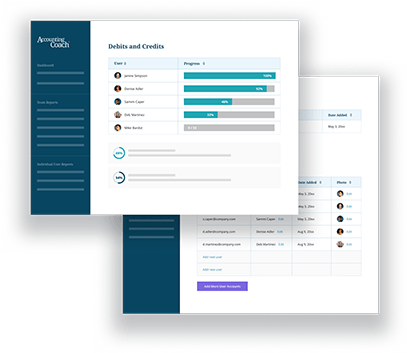Definition of Conservatism Principle
In accounting, the conservatism principle (or accounting constraint) directs an accountant, who is faced with doubt between two possible alternatives, to choose the alternative that will result in one or more of the following:
- Less profit
- Less asset amount
- Greater liability amount
The conservatism guideline does not direct the accountant to be super conservative and beat down a company’s profits. The accountant is to be fair and objective. However, if that objectivity reveals two possible ways for recording a transaction, conservatism means recording the transaction or situation in a manner that results in less profit, less asset amount, and/or a greater liability amount.
Example of Conservatism in Accounting
One example of conservatism is the accounting rule for reporting inventory on a company’s balance sheet. The accounting rule requires inventory to be reported at the lower of its cost or its net realizable value (NRV). The amount of the inventory write-down is reported on the current income statement.
To illustrate, assume that a company has inventory with a cost of $15,000. However, the market for the goods has declined. As a result, the goods in inventory can be sold for $14,000, but only if the company spends an additional $2,000 to package and ship the goods.
If the inventory is not sold, the accountant is faced with two alternatives for the company’s next balance sheet:
- Report the inventory at its cost of $15,000
- Report the inventory at its net realizable value (NRV) of $12,000. (NRV is equal to the estimated sales value of $14,000 minus $2,000 of expenses necessary to get the goods sold for $14,000.)
The concept of conservatism results in the accounting rule requiring 1) the inventory to be reported on the balance sheet at the lower NRV of $12,000, and 2) the income statement to report the write-down loss of $3,000 (even though the goods have not yet been sold).




